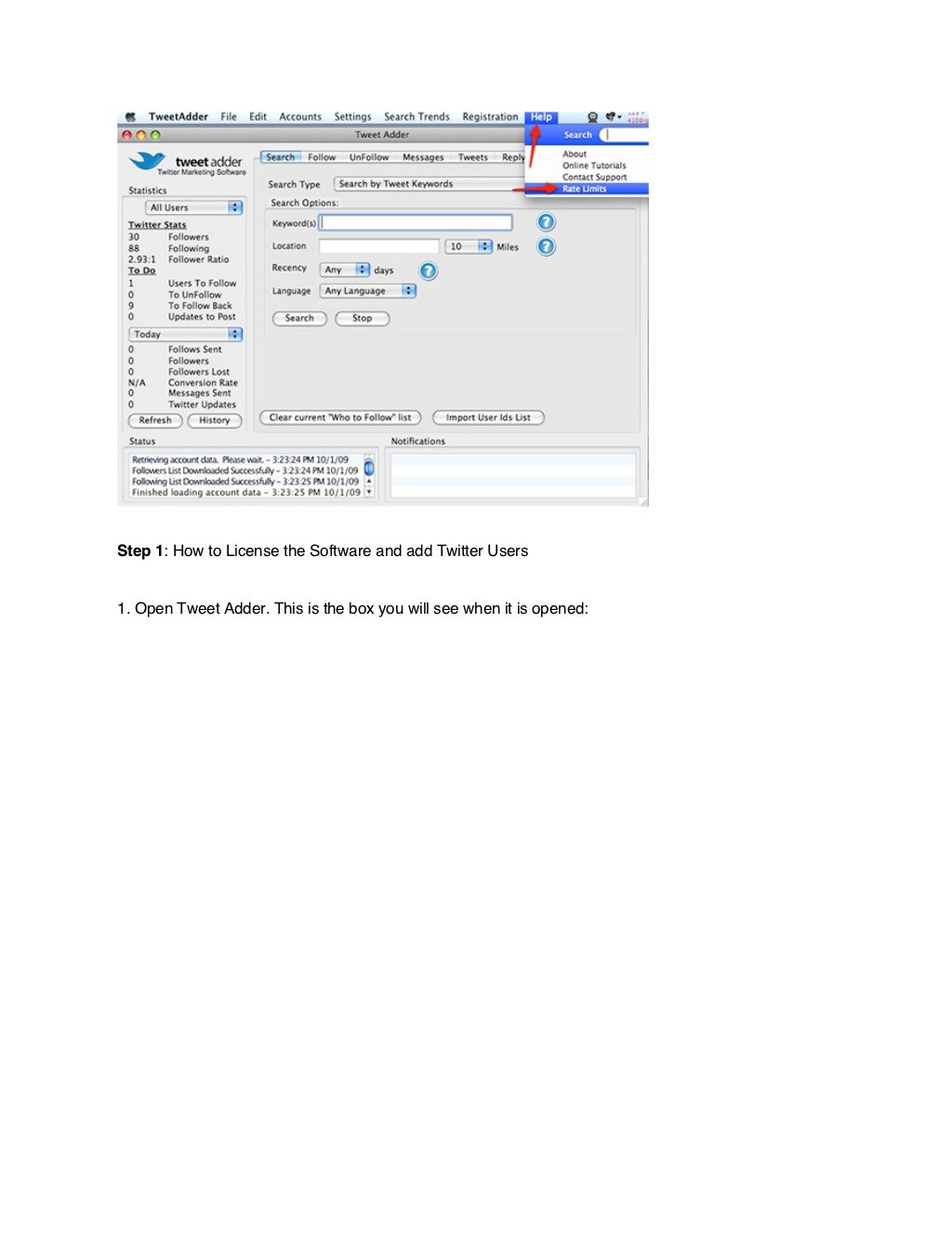
While the focus was on general tweets, the task also featured out-of-domain testing on SMS messages, LiveJournal messages, as well as on sarcastic tweets. The task ran in 2013, 2014, 20, attracting over 40+ participating teams in all four editions. This situation changed with the shared task on Sentiment Analysis on Twitter, part of the International Workshop on Semantic Evaluation (SemEval), a semantic evaluation forum previously known as SensEval. While some Twitter-specific resources were developed, initially they were either small and proprietary, such as the i-sieve corpus (Kouloumpis et al., 2011), were created only for specific languages (e.g., Villena-Roman et al., 2013), or relied on noisy labels obtained automatically (Mohammad, 2012 Pang et al., 2002). Unfortunately, research in that direction was hindered by the unavailability of suitable datasets and lexicons for system training, development and testing. This proliferation of social media content has created new opportunities to study public opinion, with Twitter being especially popular for research due to its scale, representativeness, variety of topics discussed, as well as ease of public access to content.

Facebook, Twitter, Skype, Whatsapp and LiveJournal are now commonly used to share thoughts and opinions about anything in the surrounding world.

The recent rise of social media has greatly democratized content creation. New subtasks: another language and user information This will be a rerun of SemEval-2016 Task 4 with several changes:


 0 kommentar(er)
0 kommentar(er)
